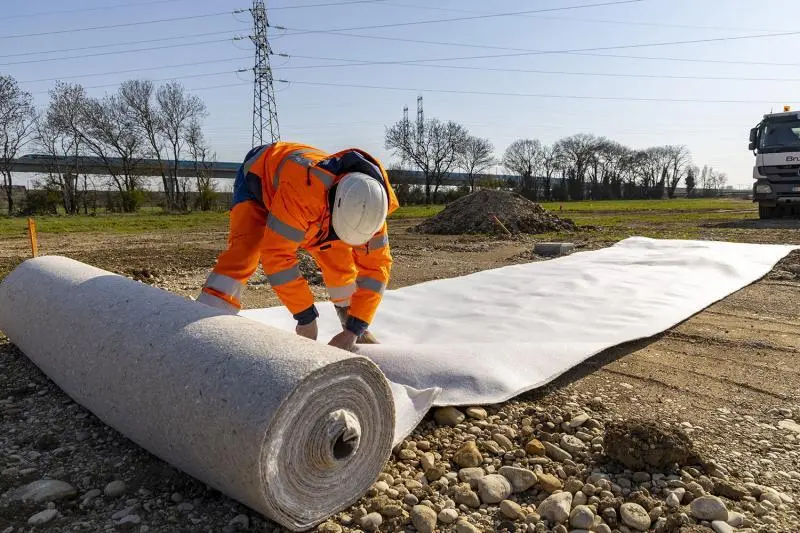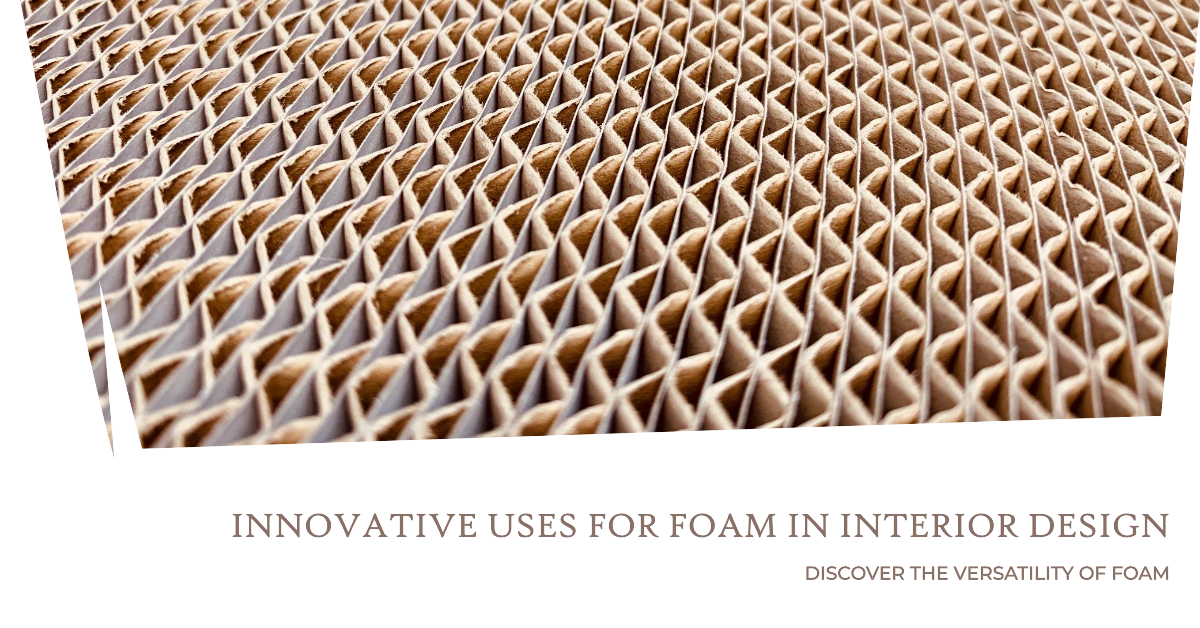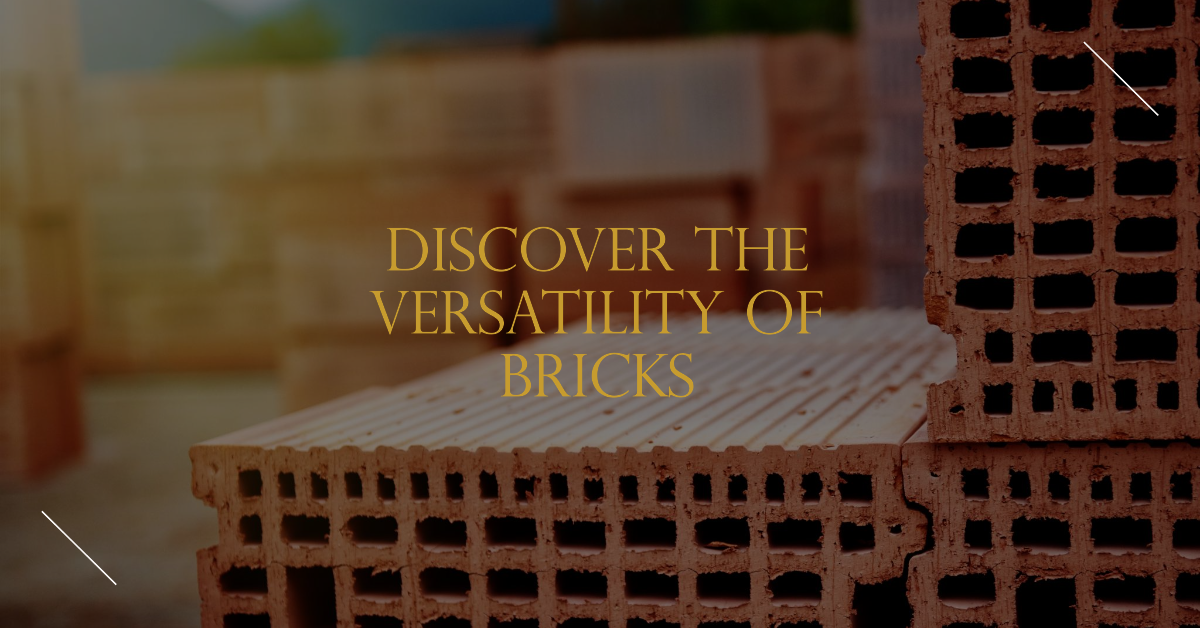Geotextile is a synthetic fabric used in civil engineering, construction, and landscaping. This multipurpose substance greatly aids the stabilisation of topography and the improvement of soil properties, ensuring the longevity of construction projects. By exploring the different types of geofabric and their specific applications, people can better understand how this material contributes to effective project outcomes. This page will delve into the fabric world and discover how it can meet various construction and landscaping needs.
What is Geofabric?
It is an absorbent material that can separate, filter, reinforce, protect, or drain when used in association with soil. Typically made from polyester or polypropylene, the fabric is designed to maintain soil layers and prevent mixing. This functionality is crucial in many construction scenarios, where separating different soil types can prevent structural failure.
Types of Geotextile
These fabrics can be either woven or non-woven. Woven is manufactured by weaving individual yarns into a uniform pattern, creating a strong and stable fabric suitable for applications requiring high tensile strength, such as road construction and stabilisation projects. On the other hand, non-woven is typically made from randomly oriented fibres bonded together by heat, chemical, or needle-punching methods. This type of material is more suited for drainage projects and erosion control because it provides excellent water permeability.
Applications in Landscaping
It also finds significant applications in landscaping. It is commonly used to separate the top layer of gravel or mulch from the underlying soil, which prevents the material from sinking into the ground and becoming less effective. Furthermore, it is instrumental in constructing walkways, patios, and outdoor spaces where stability and drainage are critical. It ensures that landscaped areas remain clean and visually appealing by stabilising soil and preventing weed growth. Additionally, facilitating proper water drainage helps maintain the health of plants by preventing waterlogging, which can be detrimental to plant roots. Preventing the erosion of landscape features ensures that outdoor designs remain intact and beautiful even after severe rainfall.
Applications in Construction
In construction, this fabric is extensively used to reinforce soil and enhance the stability of engineering structures such as roads, retaining walls, and barriers. It acts as a reinforcement layer that distributes loads and reduces pressure on underlying materials. For instance, when used beneath roadways, it can prevent the intermixing of subgrade soil and aggregate, leading to increased lifespan and reduced maintenance costs for road surfaces. Additionally, the material can stabilise the ground in the foundation building, providing a more secure base for construction.
Environmental Benefits
Aside from its structural benefits, this fabric contributes to environmental sustainability. It promotes adequate water drainage and filtration, preventing pollution and erosion in sensitive areas. This is particularly important in projects near water bodies and regions prone to heavy rains. Additionally, this fabric can reduce the need for chemical weed killers and other harmful products, making it a favourable choice for eco-friendly construction and landscaping projects. This fabric also contributes to soil conservation, maintaining soil structure and nutrient levels vital for sustainable land management. By incorporating this material into projects, developers can enhance the green credentials of their constructions, appealing to environmentally conscious stakeholders and consumers.
Geofabric is a versatile and essential material in modern construction and landscaping. It offers a range of solutions, from soil stabilisation to erosion control, making it indispensable for ensuring the integrity and durability of various projects. Whether for building robust road systems or creating beautiful and sustainable landscapes, geo fabric is a cornerstone material that enhances both the functional and environmental aspects of construction and landscaping projects. Understanding the types and uses of fabric can significantly benefit those involved in planning and executing such tasks.





